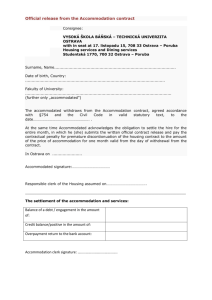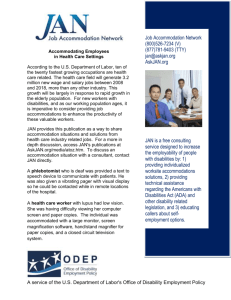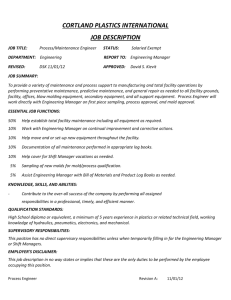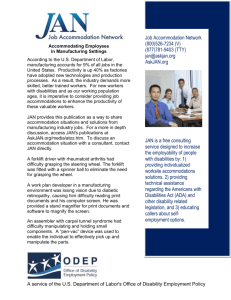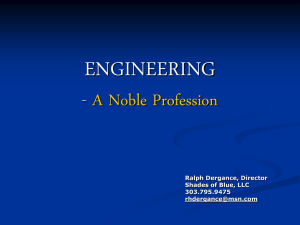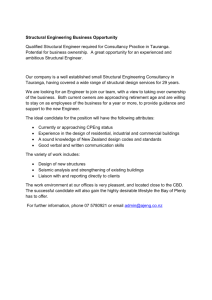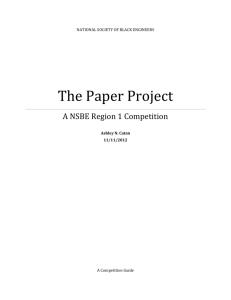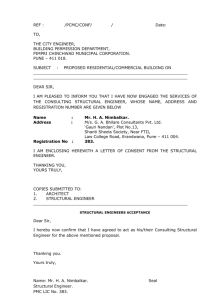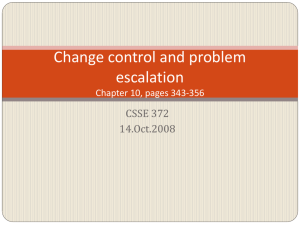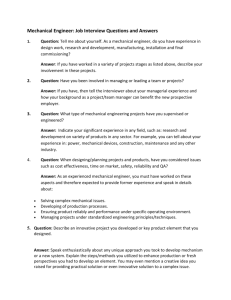Science, Technology, Engineering, & Math (STEM) Fields
advertisement
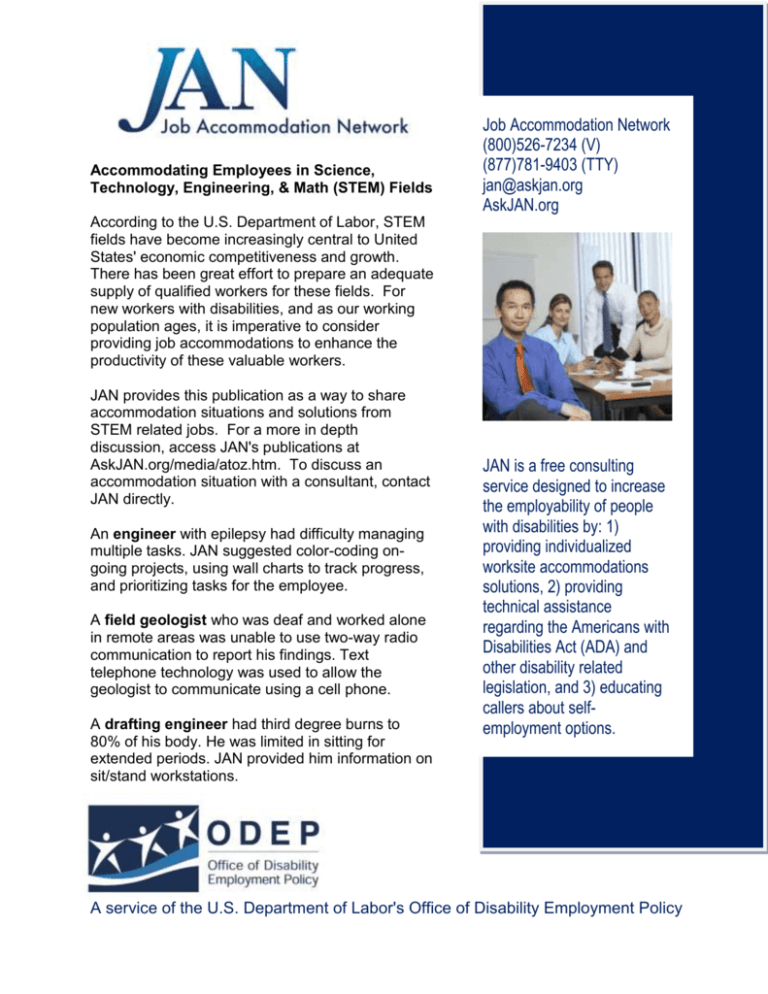
Accommodating Employees in Science, Technology, Engineering, & Math (STEM) Fields Job Accommodation Network (800)526-7234 (V) (877)781-9403 (TTY) jan@askjan.org AskJAN.org According to the U.S. Department of Labor, STEM fields have become increasingly central to United States' economic competitiveness and growth. There has been great effort to prepare an adequate supply of qualified workers for these fields. For new workers with disabilities, and as our working population ages, it is imperative to consider providing job accommodations to enhance the productivity of these valuable workers. JAN provides this publication as a way to share accommodation situations and solutions from STEM related jobs. For a more in depth discussion, access JAN's publications at AskJAN.org/media/atoz.htm. To discuss an accommodation situation with a consultant, contact JAN directly. An engineer with epilepsy had difficulty managing multiple tasks. JAN suggested color-coding ongoing projects, using wall charts to track progress, and prioritizing tasks for the employee. A field geologist who was deaf and worked alone in remote areas was unable to use two-way radio communication to report his findings. Text telephone technology was used to allow the geologist to communicate using a cell phone. A drafting engineer had third degree burns to 80% of his body. He was limited in sitting for extended periods. JAN provided him information on sit/stand workstations. JAN is a free consulting service designed to increase the employability of people with disabilities by: 1) providing individualized worksite accommodations solutions, 2) providing technical assistance regarding the Americans with Disabilities Act (ADA) and other disability related legislation, and 3) educating callers about selfemployment options. A service of the U.S. Department of Labor's Office of Disability Employment Policy A chemistry professor used a wheelchair. The existing chemistry lab was designed to accommodate students at a standing height. The college could not remodel the entire lab so purchased an elevating wheelchair. A pharmacist was having difficulty standing for eight hours a day on a tile floor. This employee was responsible for filling prescriptions for medication. The work area was carpeted using extra padding, which assisted in reducing fatigue, and a sit/stand/lean stool was purchased to assist the employee when standing. The employee was also permitted to take frequent rest breaks throughout the day. This was possible because the employee reduced his lunch hour to 30 minutes, which provided him with 30 minutes that could be used at other times of the day whenever a break was needed. Also, another pharmacist was available to cover his breaks. A researcher in a technology company had expressive writing disorder. The employee’s job tasks included gathering information for written reports. To accommodate this employee, software was provided to help the employee organize, prioritize, and then outline the information for reports. The employer also provided a hard copy dictionary and thesaurus. An engineer with muscular dystrophy had difficulty grasping frequently used files. He was accommodated with a desktop carousel. A drafter with arthritis in his knees was having difficulty accessing his work-site. He was accommodated with a reserved parking space close to the building, a first floor office, and push pad activated power doors. A chemical process plant worker was limited in his ability to turn large wheel valves due to a back injury. The worker was accommodated with a specialty tool designed to decrease torque on wheel valve handles. An engineer working for a large industrial company had to undergo radiation treatment for cancer during working hours. She was provided a flexible schedule to attend therapy and also to continue to work full-time. A computer programmer experienced migraines that were triggered by the noise level in his cubicle and the overhead fluorescent lighting. As an accommodation, his employer provided him with a noise canceling headset, disabled the fluorescent light above his cubicle, and provided natural task lighting. An engineer with multiple sclerosis was experiencing heat sensitivity. She was provided a private office where the temperature could be lower than in the rest of the facility. She was also encouraged to communicate with coworkers by telephone or email when possible to reduce the amount of walking she had to do. A physician with muscular dystrophy was having problems getting up from a seated position after consulting with patients. The individual was accommodated with a lift cushion for his chair.
